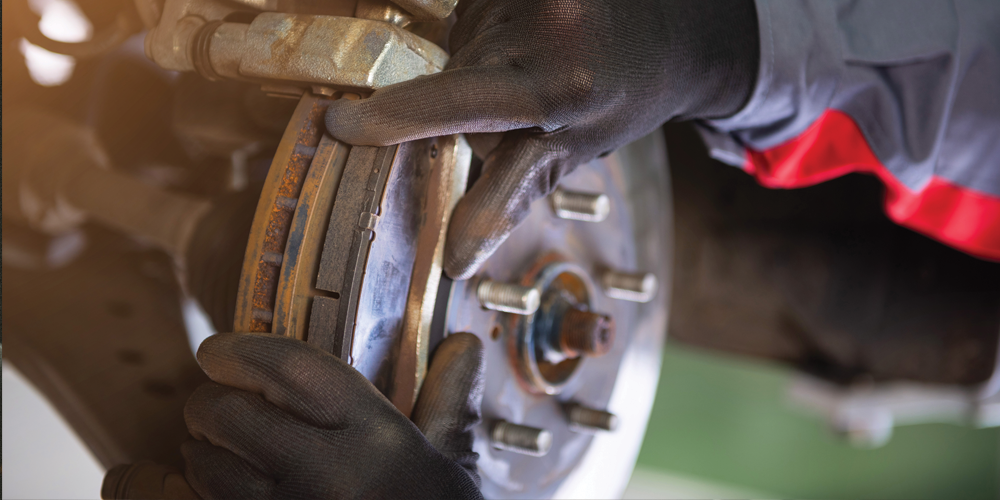In the second quarter of 2020, brake pad failure accounted for a total of 112 accidents i.e 5% of the total road accidents on Nigerian highways according to a study that was carried out by the Nigerian Bureau of Statistics, which makes it important to know what brake pads are and how to fix them on our cars to prevent adding to the huge existing numbers.
What are brake pads? Brake pads are parts of the disc brakes used in automotive and other mechanical systems. Brake pads are composed of steel backing plates with friction material bound to the surface that faces the disc brake rotors.Brake pads are responsible for the friction of your tires against the road, slows down, and stops your car. Your brakes are what’s responsible for stopping the wheels from spinning, the brake pads are responsible for the resistance needed to cause this action.
In order to prevent accidents or bad braking systems, you need to do two things
- Check your brake fluid regularly
- Change your brake pads regularly
If your brake pads are completely damaged, here are the 5 steps to change them yourself at no cost;
- Remove the wheels & slider bolt – Loosen the lug nuts on the wheel. Then jack up the car and place a jack stand under the car’s frame. Lower the jack so its weight rests on the jack stand. Fully remove the lug nuts and remove the wheel. You now have access to the brake assembly and can safely reach under the car. Find the two slider bolts (sometimes called “pins”) that hold the caliper in place.
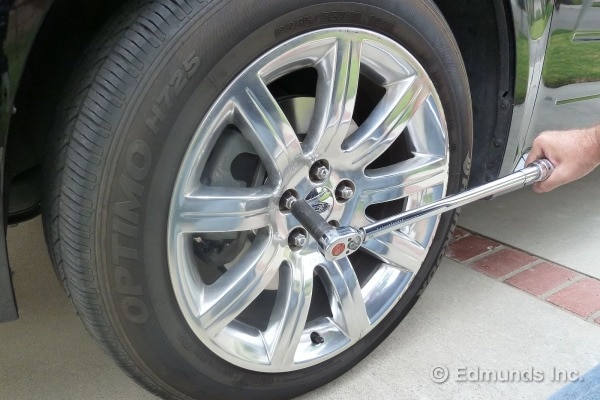
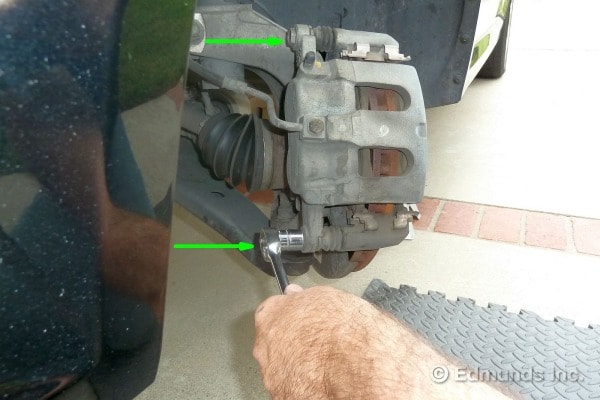
- Pivot the caliper up – with the caliper up, it is very easy to inspect the thickness of the brake pads to confirm that they need to be changed.
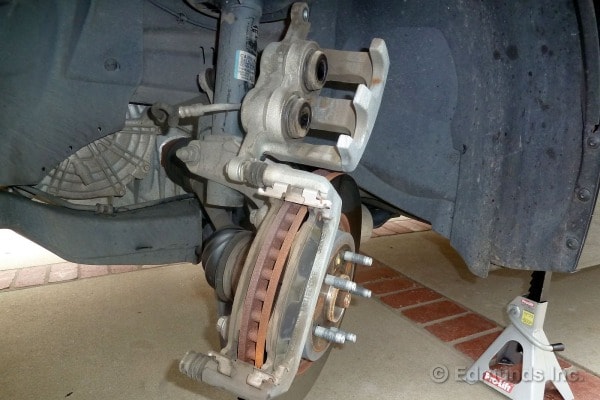
- Remove old brake pads and Slide in the new brake pads – Simply slide the old brake pads out, Always replace the old brake. Slide-in place the new pads slide into place as easily as the old ones did when they came out, though sometimes the new clips will be tighter. The ears of the new pads should slot nicely into place on the grease you applied.
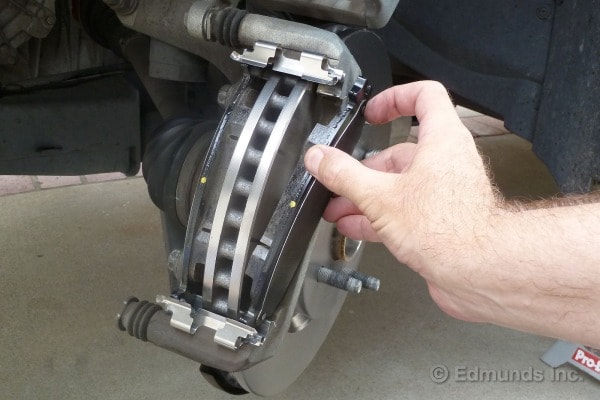
- Retract the pistons and Monitor the brake fluid level –
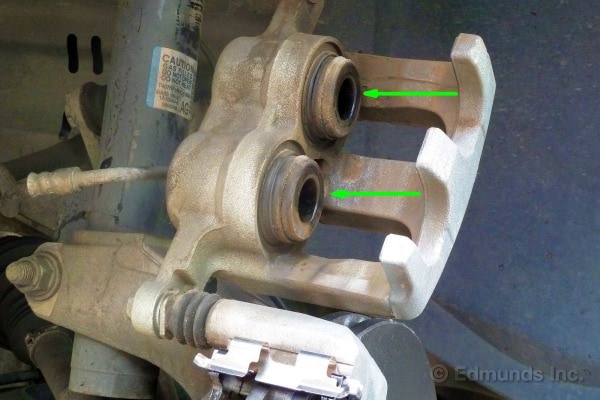
Before you can lower the caliper into place, these pistons need to be retracted (pushed back) so that they will clear the new, thicker brake pads.
- Reposition the caliper and Reinstall the slider bolt – With the pistons retracted, the caliper should slip over the pads with little effort. Sometimes the fit is tight and the caliper will slide on the newly installed brake pads.
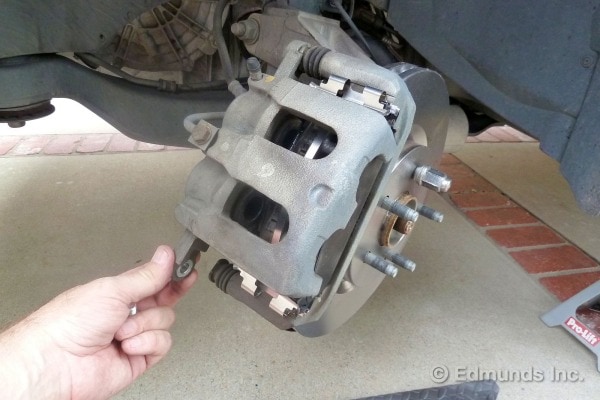
Reinstall and retighten the slider bolt. Straighten the car’s wheels, re-mount the tire and tighten the lug nuts.
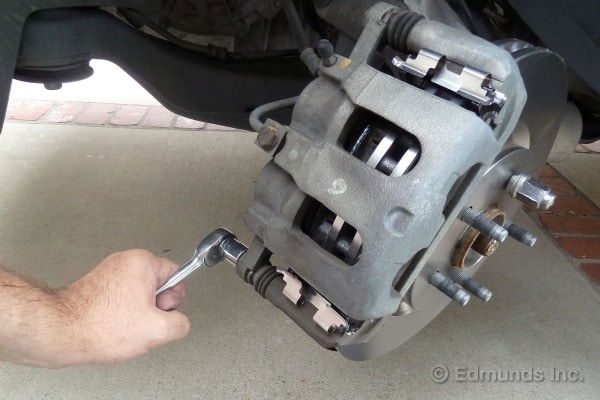
Having replaced your brake pads, test-drive the car under safe conditions to make sure everything is working properly, being especially careful of the first few stops. Be aware that your brake pedal might have a higher engagement point. You will quickly get used to this change. Enjoy using your new brakes knowing there are now thick brake pads to stop you safely.
